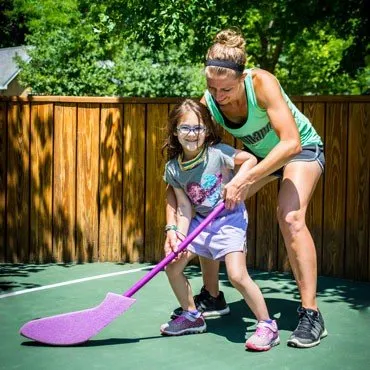Dyslexia, one of the most common learning differences, affects up to 1 in 5 children. Characterized by difficulties with accurate or fluent word recognition and spelling, dyslexia does not reflect low intelligence; rather, it signals a need for specialized literacy instruction. Early identification and targeted supports can help dyslexic learners build confidence and reading proficiency.
Signs of Dyslexia in Early Grades
- Late talking or delayed speech development
- Difficulty learning letter–sound associations
- Trouble decoding simple words (e.g., “cat,” “dog”)
- Slow, effortful reading with frequent guesswork
Evidence-Based Instructional Approaches
- Structured Literacy (Orton–Gillingham): A sequential, multisensory method that explicitly teaches phonemic awareness, phonics, fluency, vocabulary, and comprehension.
- Closed Syllable Emphasis: Begin with words containing simple consonant–vowel–consonant patterns before progressing to complex syllable types.
- Multisensory Techniques: Combine visual (letter cards), auditory (clapping syllables), kinesthetic (air writing), and tactile (sandpaper letters) activities.
Classroom Accommodations
- Extended Time: Allow additional time for reading assignments and tests.
- Audio Books & Readers: Provide access to high-quality audiobooks or screen-reader software.
- Reading Partners: Pair dyslexic students with peer readers or use text-to-speech tools so they can focus on comprehension.
- Chunked Texts: Break reading passages into shorter segments with guiding questions.
At-Home Supports
- Daily Read-Aloud Time: Model fluent reading and expose children to new vocabulary.
- Sight-Word Games: Use flashcards and memory games to reinforce high-frequency words.
- Reading Apps: Programs like “Learning Ally” and “Nessy” offer structured, engaging practice.
Monitoring Progress
Track fluency (words per minute) and comprehension (retell, answer questions) regularly. Celebrate incremental gains. Early intervention—ideally in kindergarten or first grade—yields the greatest long-term benefits.
By demystifying dyslexia and adopting structured, multisensory methods, educators and families can ensure that dyslexic learners not only catch up but also experience the joy of reading and the confidence that comes with mastery.

